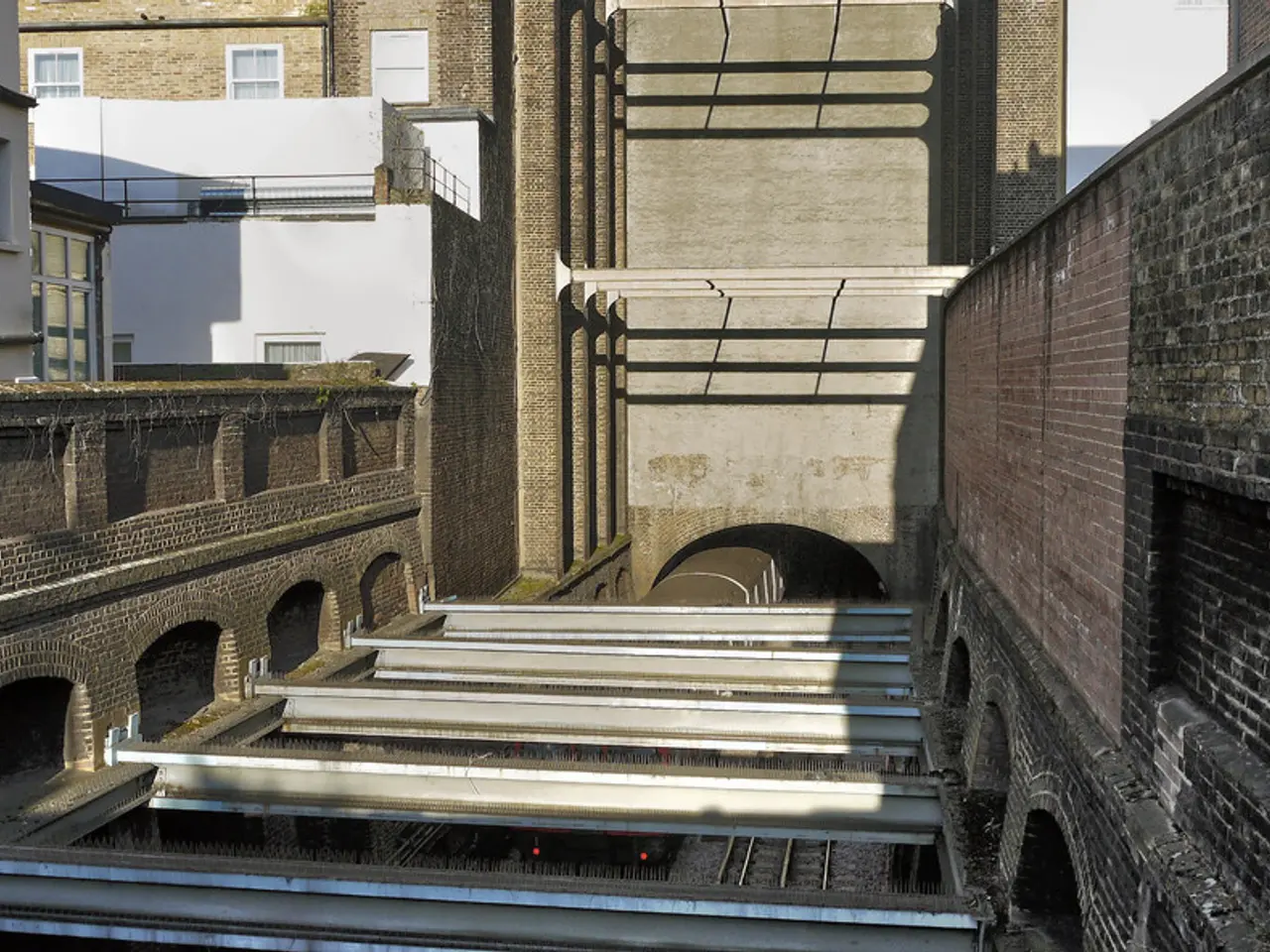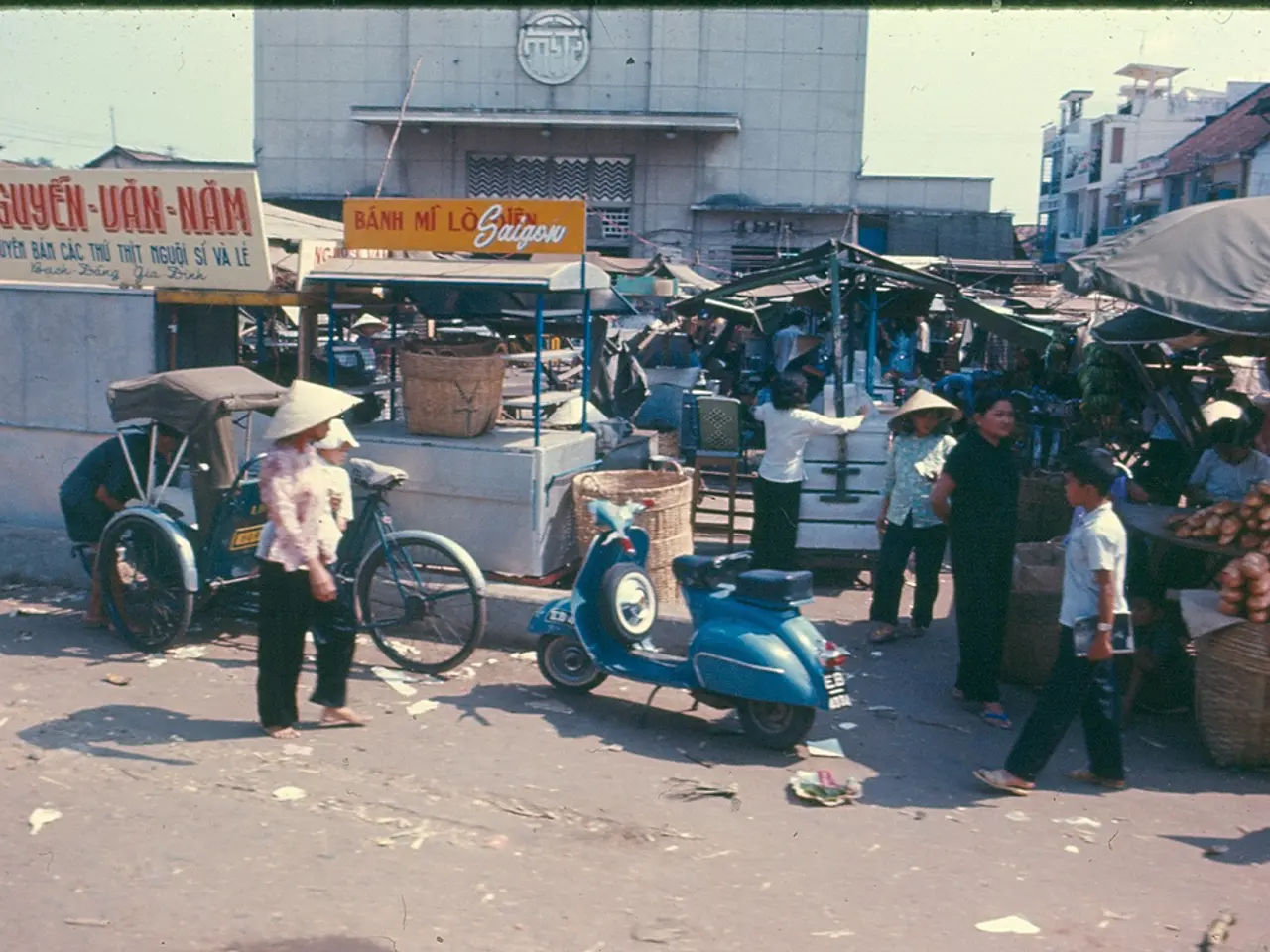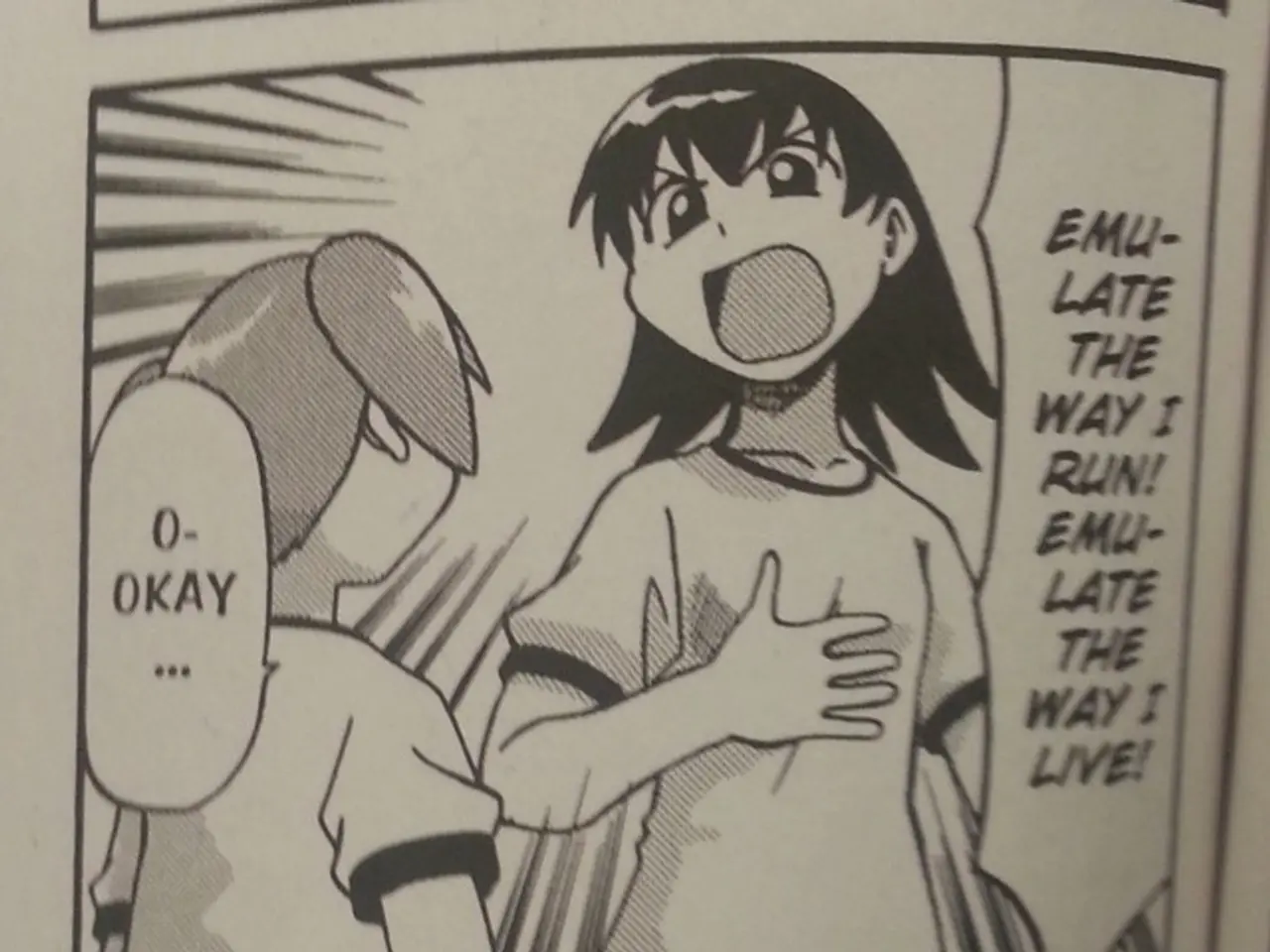The Unconventional Journey of Moscow's Monorail
Construction process of Moscow's elevated railway system
The Moscow Monorail, a distinctive urban transport venture, found its roots in 1998 under the guidance of the city's mayor, Yuri Luzhkov. Construction began in 2001, and the monorail, sitting 6 meters above ground level, connected key metro stations like "Timiryazevskaya", "Fonvizinskaya", and "VDNH". With a total length of 4.7 km and six stations, it cost a hefty 6.3 billion rubles ($221.3 million). Swiss company Intamin provided the train technology.
The monorail debuted in test mode in 2004 and transitioned to full transport operations in 2008. However, by 2012, the Moscow government classified the project as a failure, with a daily ridership of no more than 10,000 passengers, and annual maintenance costs of 1 billion rubles. The arrival of the Moscow Central Ring in 2016 led to a 15% drop in monorail passenger traffic, and the interval between trains increased from six to 30 minutes in 2017. Currently, only two six-car trains remain, serving fewer than 2,000 people daily.
Monorails in Russia and Beyond: A Historical Insight
Conversations about integrating the monorail with the tram network or even dismantling sections have taken place over the years. By 2025, annual maintenance costs surpassed 800 million rubles, and one trip cost approximately 1,500 rubles, nearly twenty times that of the metro. In 2018, the Wowhaus architectural studio presented a visionary proposal to transform the monorail into a "monosad" - a 5 km long linear park with hanging gardens, echoing New York's High Line park built on a former railway viaduct.
In June 2025, the city government asked Moscow residents to vote on the future of the monorail via the "Active Citizen" portal. A majority, 71%, supported the conversion of the monorail into an elevated park, with plans for opening in 2027.
A Gallery of the Moscow Monorail's Final Days
Back | More Photos | Next:---:|:---:|:---:Passengers gathering on the platform on the monorail's last day Buy Photo | Passengers waiting at the "Timiryazevskaya" platform for the train Buy Photo | From VDNKh stretch: Monorail trains Buy PhotoFrom VDNKh stretch: Monorail train Buy Photo | From VDNKh stretch: Monorail train Buy Photo | Passengers on board a monorail train Buy PhotoPassengers preparing to board a monorail train Buy Photo |
This series of photographs captures the final moments of the Moscow Monorail, standing amidst the lively crowd of passengers, emphasizing the historic nature of its last day in operation.
Historical Perspective:
The Moscow Monorail was an innovative transport solution that rose in the early 2000s against the backdrop of the extensive Moscow Metro system, dating back to 1935. Its purpose was to provide an alternative transport option, running on an overhead monorail track to improve connectivity between districts. Despite initial hopes, the monorail struggled with low ridership and high operational expenses compared to the metro system. Currently, its future may be altered into a linear park, emphasizing urban recreation and the preservation of cultural landmarks.
[Enrichment Insight: The Moscow Monorail was part of an alternative transport system, supplementing the robust and esteemed Moscow Metro, one of the world's busiest and most architecturally celebrated metro systems. However, due to low ridership and high operational expenses, it had a brief lifespan compared to the metro.]
Industry faced a challenge in the public-transit sector when the Moscow Monorail, designed as an alternative transport option, struggled to compete with the established Moscow Metro system. The financial burden of operations, in comparison to the metro, proved to be a significant issue, leading to the monorail's eventual decline.
The financial struggles of the Moscow Monorail highlighted the importance of considering both finance and public-transit requirements when implementing transportation infrastructure projects in an urban setting.




